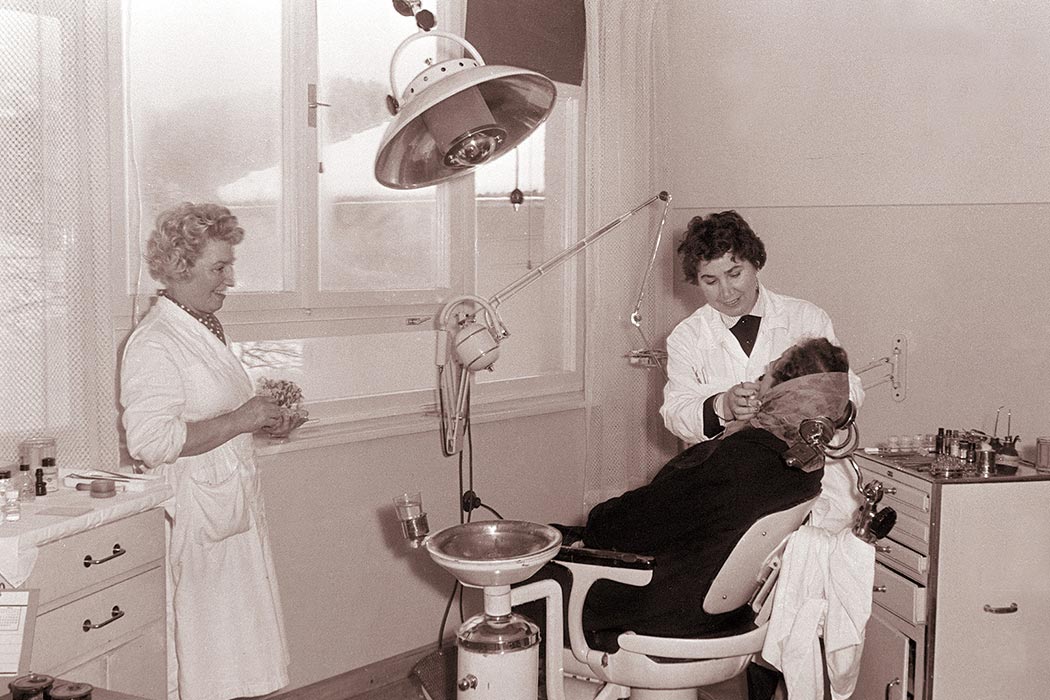The Future is Female: Women in Dentistry
To mark and honor the month of March being Women’s History Month, our team has decided
to offer our readers a brief overview and history of some prominent women who have
reshaped the dentistry practice as well as provide a bit of insight into how women are
changing the face of the industry.
Indeed, we herald the women who have played a key role in evolving dentistry—past, present,
and future.
Early Women in Dentistry
It was in 1866 that Lucy Hobbs Taylor became the first woman to earn a degree in dentistry.
However, she was certainly not the first one to practice—after all, dentistry has been around
since the dawn of human civilization and has always been practiced, by both men and women
alike.
In the United States, Emeline Roberts Jones is noted to be the first woman who practiced
dentistry. Jones was the wife of a dentist and taught herself in secret, learning how to perform
basic fillings as well as extractions. She formally joined his practice in 1855 and kept the
business going even after he passed away. In 1883, Jones was elected as a member of the
Connecticut State Dental Society and in 1914 was made an honorary member of the National
Dental Association.
Another important woman dentist to highlight is Ida Gray, who is the first African American
woman dentist. Gray graduated from the University of Michigan College of Dentistry in 1890
and was only one of three women in her graduating class. Gray is widely recognized as a
pioneering advocate for women to learn the practice of dentistry.
At the dawn of the 20th century, a handful of dental schools in the United States began to
experiment with allowing female students, and the result was a few dozen graduates each year.
But even though numbers remained small, women dentists began connecting with each other
and networking via the formation of professional groups. One such group, the American
Association of Women Dentists was founded in 1921 and remains active today.
The Change Brought About by the 1960s
The 1960s were a tumultuous time in America—and this era of change significantly impacted
the field of dentistry. In addition to the anti-war movement and the civil rights movement, the
women’s liberation movement sought to address inequality experienced by women in social
and legal contexts. The birth control pill was introduced and made legal to women of all ages
and marital statuses. This allowed women to pursue college degrees and careers.
And women began pursuing an education and career in dentistry at higher degrees.
Growing the Numbers
Here are some interesting numbers, according to the American Dental Association (ADA):
- In 1978, women accounted for 11% of all dental school graduates. Today, 50.6% of
graduates are female. - The workforce increase is expected to continue as women make up 60% of dentists
under the age of 44, presently.
Additionally, here are some other interesting stats:
- Women are becoming leaders in dental education and professional associations. In
2010, there were 111 women assistant deans in dental schools—that is nearly seven
times more than in 1990 when there were only 16. - The ADA also got its first female president in 2009, when Kathleen T. O’Loughlin was
elected. - Dental school enrollment is now also a 50/50 gender split, and full gender parity in the
the profession is anticipated by 2040.
The Feminization of Dentistry
While dentistry has been a profession long dominated by men, women are well-positioned to
reshape clinical practice, transform traditional lines of thinking surrounding oral health and
patient outcomes, and potentially use a feminine touch to calm patient anxieties and make the
the practice of dentistry friendlier, more inclusive, and relaxed.
The team at LenDRgroup Consulting is eager to see how the field of dentistry changes as the
gender gap is closed. And we welcome the opportunity to work with women dental
practitioners as they navigate the challenges of opening and running a practice as well as recent dental school graduates who are plotting their next step.
We celebrate your accomplishments and contributions to the field of dentistry—and invite you
to reach out.



